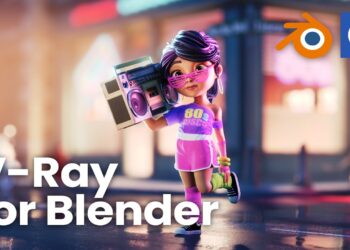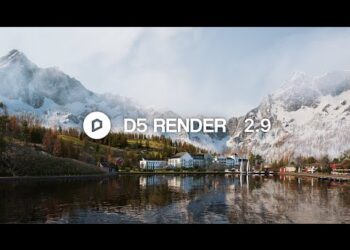Pixar has updated RenderMan. The 27.0 release introduces new performance improvements , added interactivity, and better creative controls across both feature animation and visual effects work.
The XPU architecture now supports final frame rendering, allowing the renderer to use CPU and GPU resources together for high-quality image output. Interactive denoising shortens iteration times for lighting and shading tasks, and checkpointing lets artists save partial frames to limit repeated rendering. XPU also gains broader compositing functions, including mattes, holdouts, and a wider set of AOVs, with deep data workflows now supported for detailed control of volume and transparent elements. Stylized Looks receives expanded coverage in XPU, offering non-photorealistic effects, while mesh lights, OSL display and sample filters, and MaterialX Lama in early access contribute to more flexible shading work.
Pipeline updates include broader Solaris integration, current DCC support, and planned native ARM compatibility for macOS in a later update. RenderMan 27 aligns with VFX Reference Platform 2024. RIS remains part of the release, though it is expected to be phased out in a future version.
Technical changes include faster texture processing through OpenImageIO, more precise adaptive sampling, and improved GPU ray-tracing accuracy. Geometry and shading updates span nested instancing, subsurface scattering refinements, better glass and volumetric scattering, and new OSL tracing features. Hair and fur rendering gains improved convergence, and subdivision meshes receive more stable normals. XPU now supports interior volume aggregates, and lighting tools gain updates including new clamping options in PxrPathTracer. Deep OpenEXR output is expanded with more control over deep data, and matte and holdout functions strengthen compositing workflows. Performance gains appear in scenes with many AOVs or heavy Ptex usage, and memory allocation in XPU is now more adaptive. The denoiser supplies timing statistics and offers more configuration options for modern pipelines.
For more information, visit Pixar’s website.






